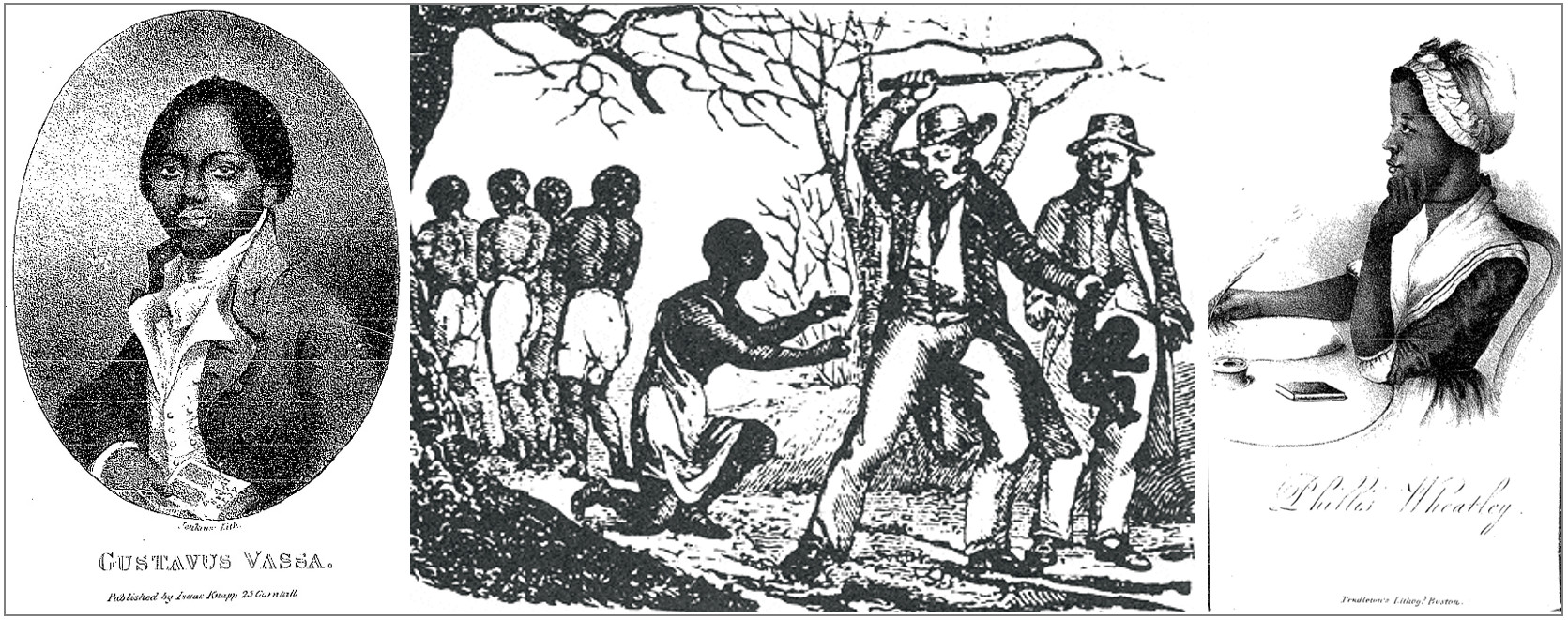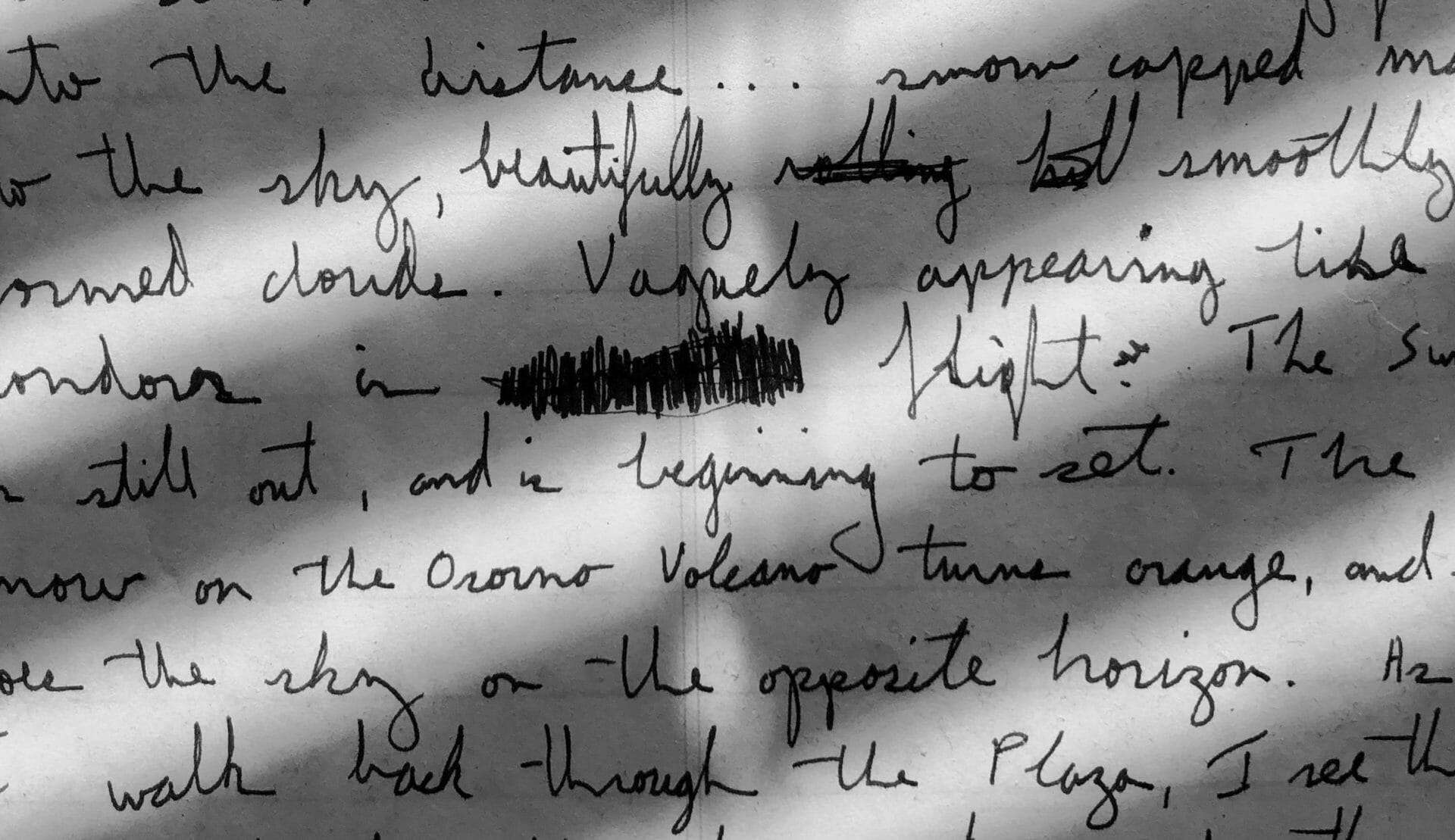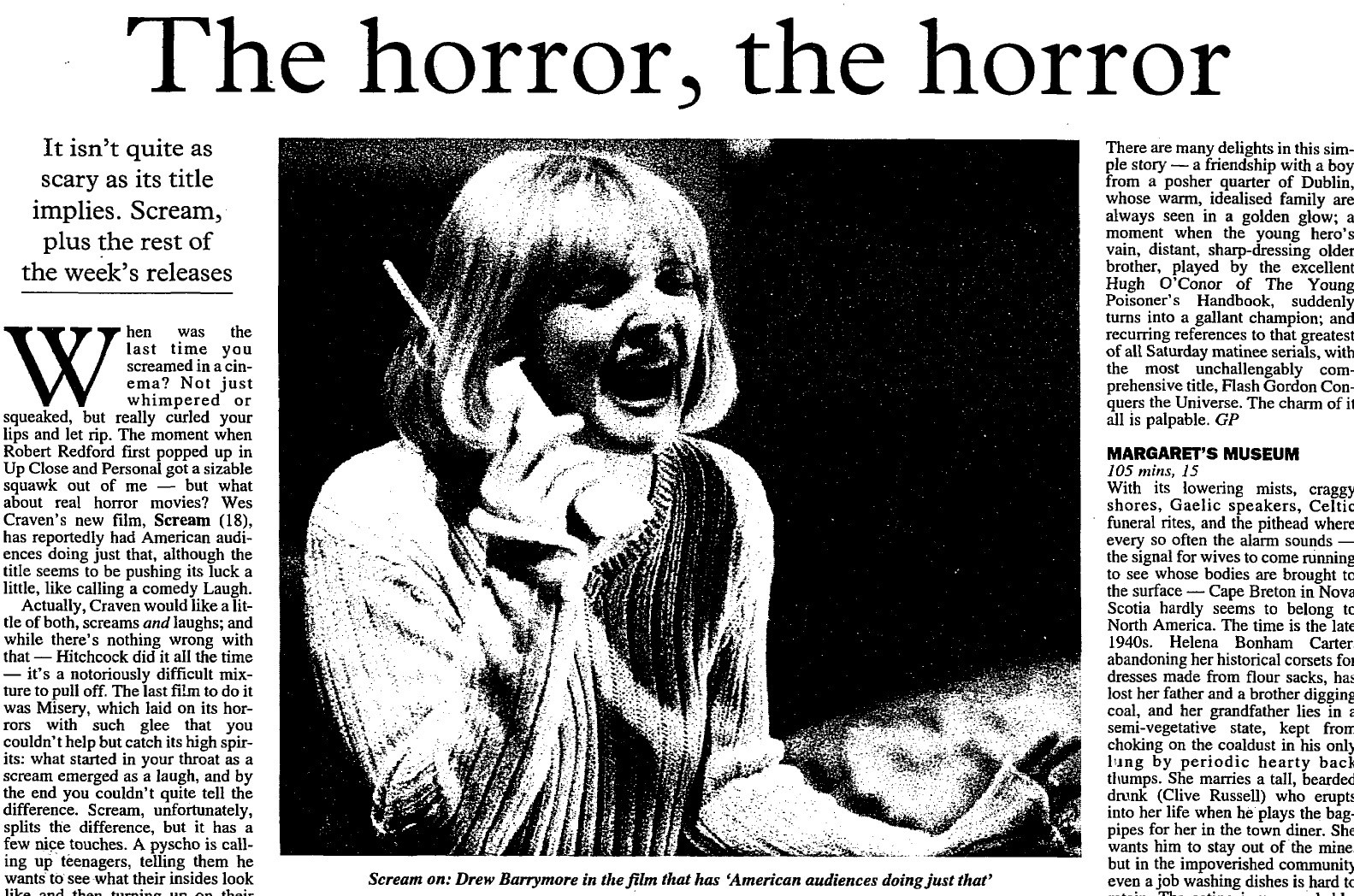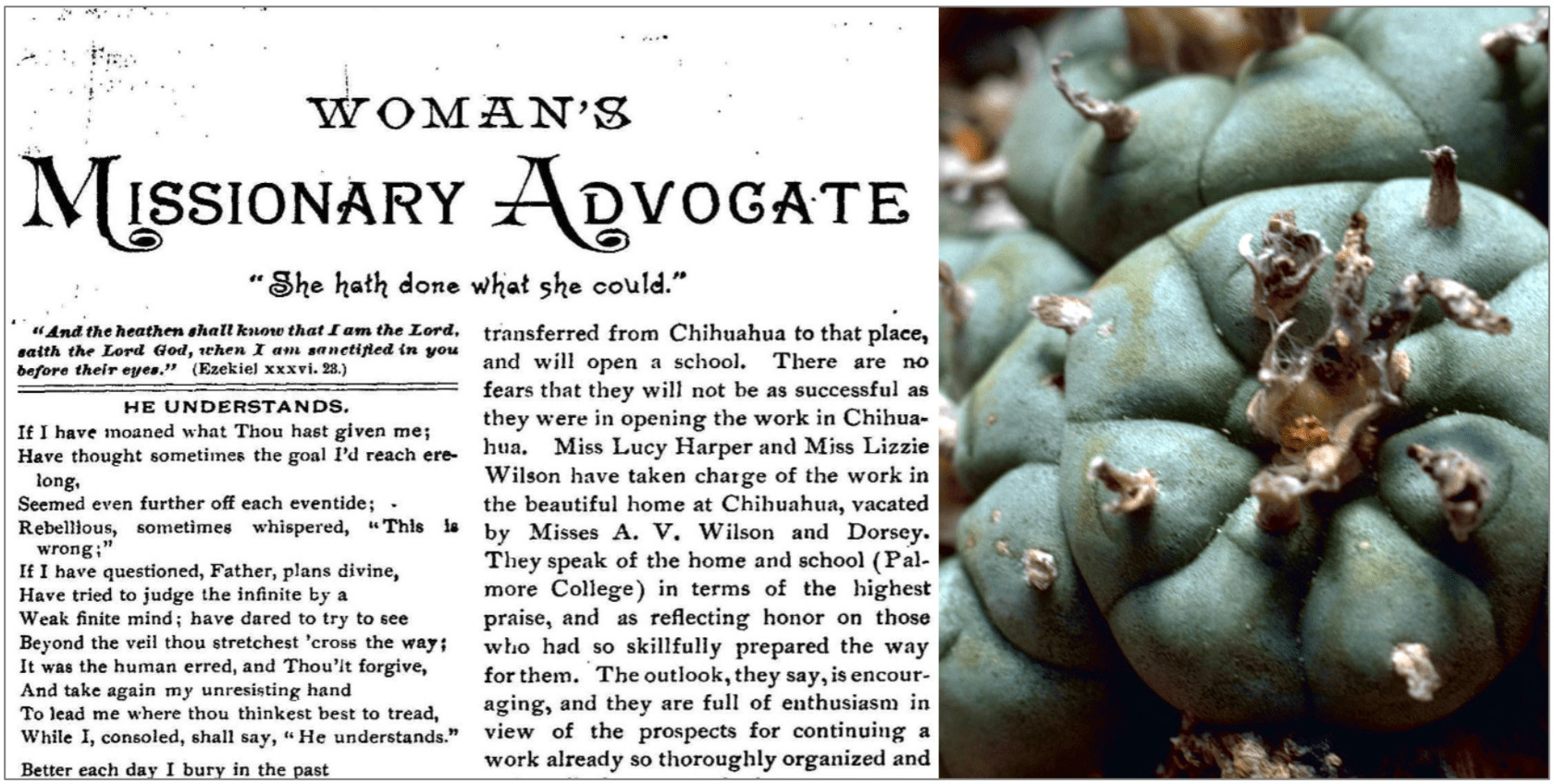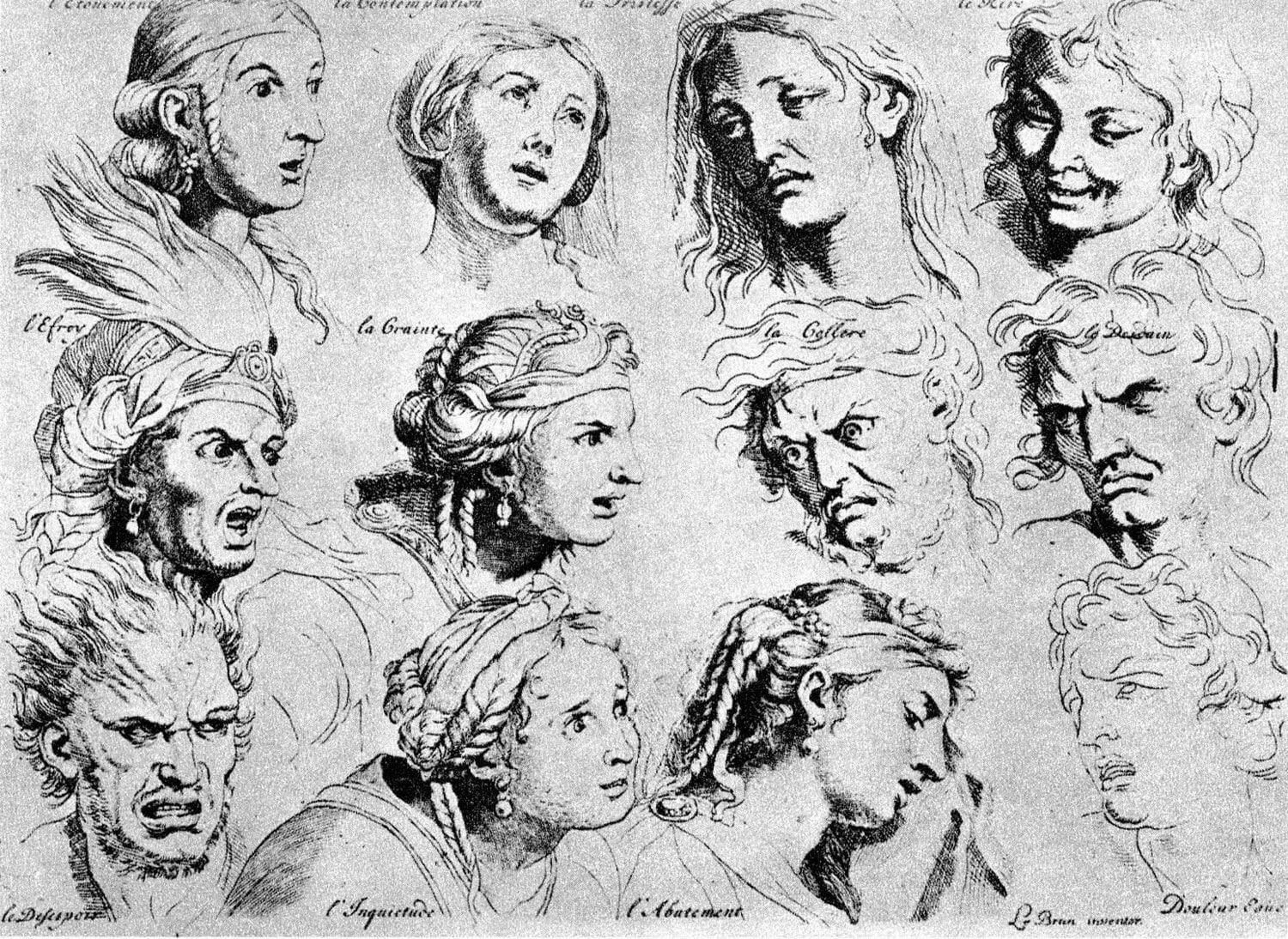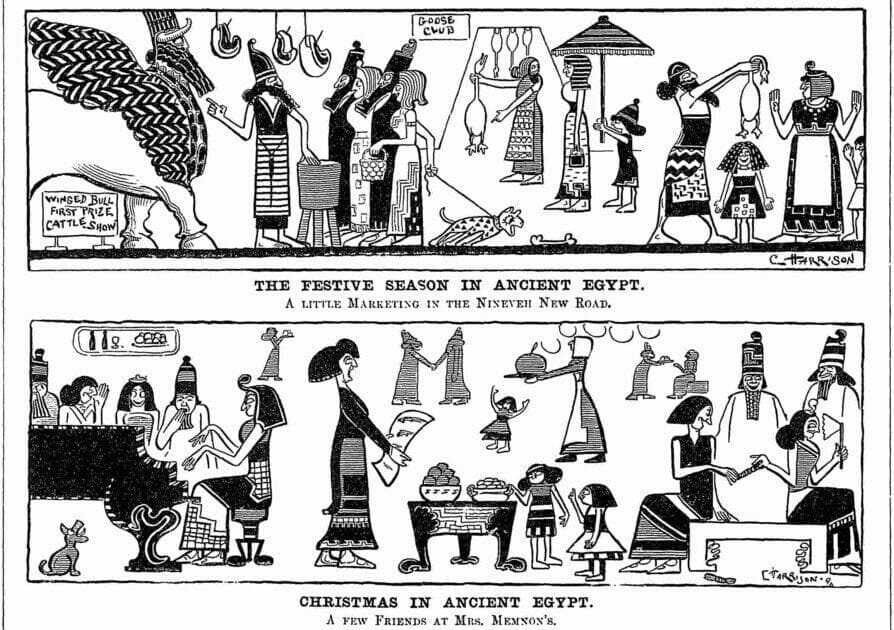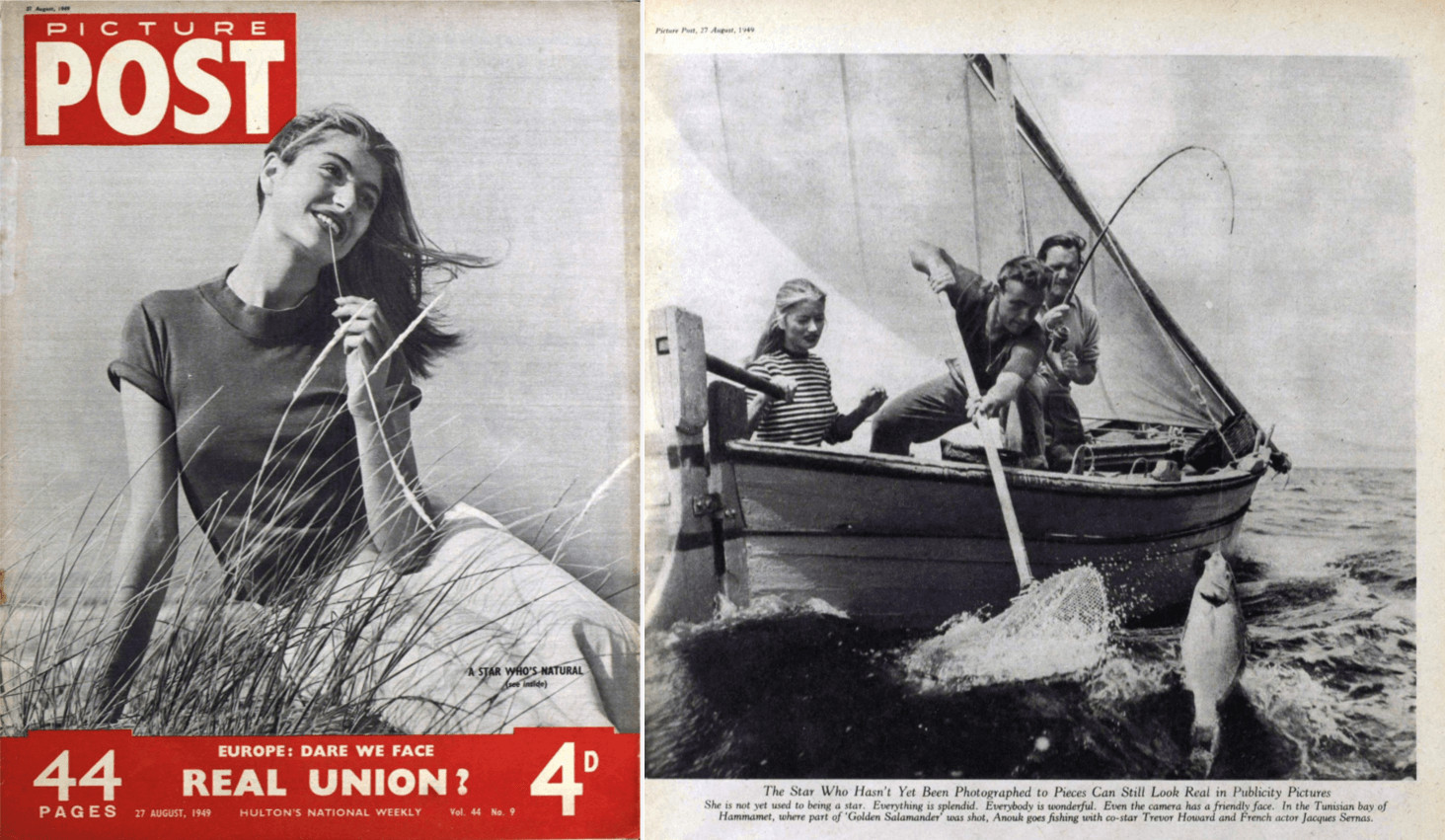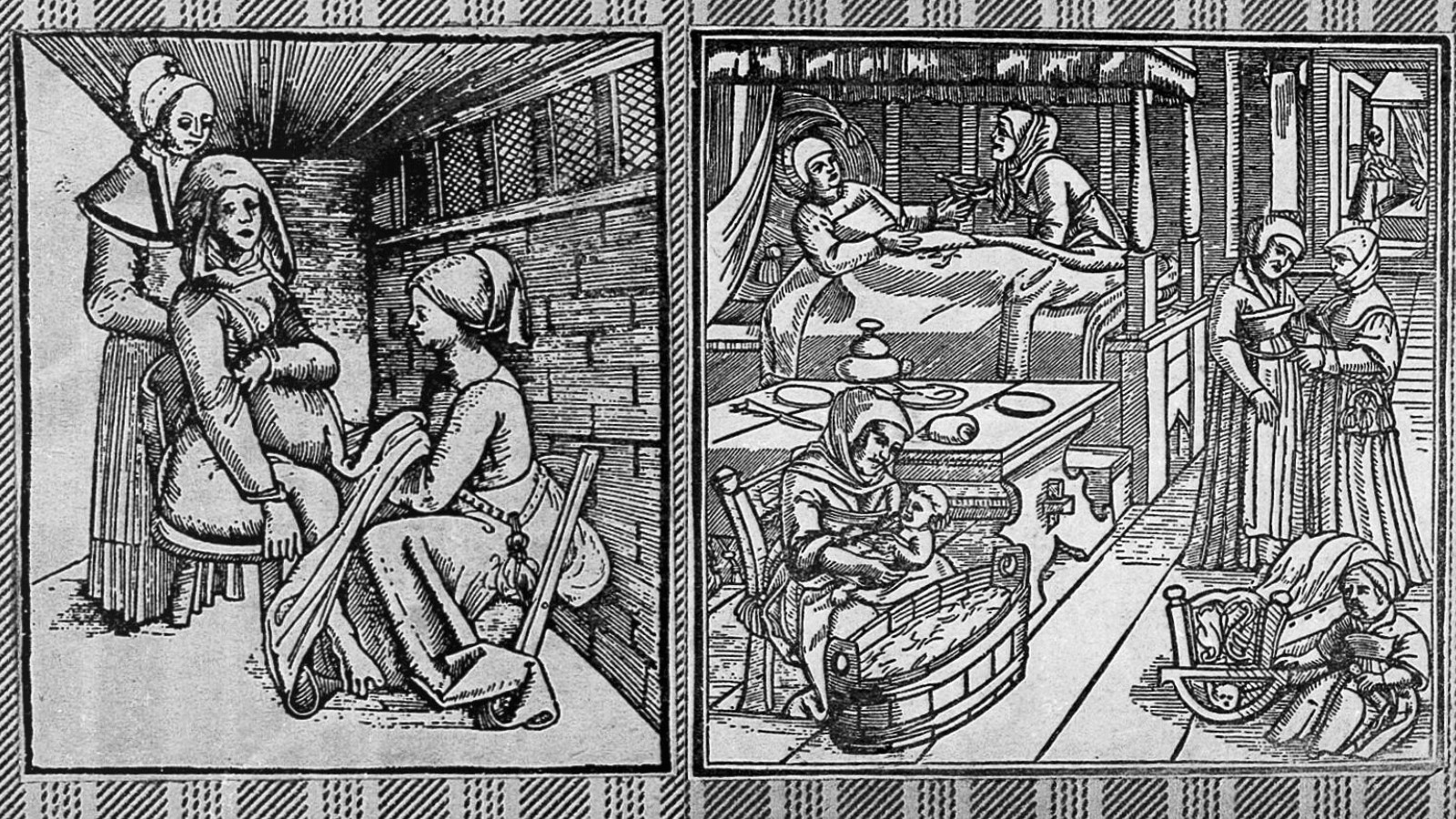│By Ellen Boucher, Gale Ambassador at the University of Bristol│
A source often overlooked in the study of the transatlantic trade in enslaved Africans is slave narratives. They are crucial to the work of decolonising the history of slavery because they allow us to remove the emphasis on those in power and give agency to enslaved persons. Gale’s Archives Unbound gives us access to many of these slave narratives, from the well-known stories of Olaudah Equiano and Harriet Jacobs to less well-known narratives of Martha Griffith Browne and Noah Davis.

